Faulty wiring in a house can pose serious safety risks, including electrical fires and power outages. Regularly checking your home’s wiring is essential to ensure the safety and functionality of your electrical system.
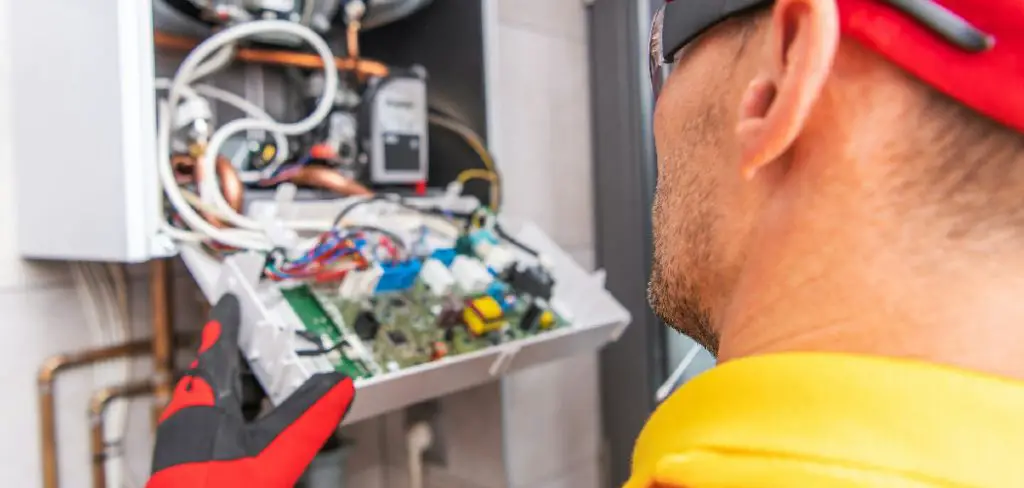
This guide provides an overview of how to check for bad wiring in house. Whether you’re a homeowner or a renter, understanding how to inspect for bad wiring can help you address problems early and prevent costly repairs or hazardous situations.
What Is Considered Bad Wiring?
Bad wiring refers to any electrical wiring that is damaged, outdated, poorly installed, or otherwise unsafe. Common signs of bad wiring include frayed or exposed wires, frequent circuit breaker trips, flickering lights, and outlets that feel warm to the touch. Additionally, wiring that does not meet current electrical codes or standards, such as aluminum wiring or knob-and-tube systems in older homes, can also be considered bad wiring.
These issues can lead to serious electrical hazards, including shocks, short circuits, or even fires. Identifying and addressing bad wiring promptly is crucial for maintaining a safe and reliable electrical system in your home.
Common Warning Signs of Bad Wiring
Recognizing the warning signs of bad wiring is essential to prevent potential electrical hazards. Here are some common indicators to watch for:
- Frequent Circuit Breaker Trips – If your circuit breakers frequently trip, it could indicate overloaded circuits or faulty wiring that needs attention.
- Flickering or Dimming Lights – This might suggest loose connections or wiring that cannot handle the electrical load.
- Discolored or Scorched Outlets and Switches – Burn marks or discoloration around outlets and switches are clear signs of overheating or electrical arcing.
- Unusual Burning Smells – A persistent burning odor near outlets, switches, or your fuse box could mean overheating wires or melting insulation.
- Warm or Hot Electrical Outlets – Outlets or switches that feel unusually warm to the touch are often a red flag for underlying electrical issues.
- Buzzing or Crackling Sounds – Unusual sounds coming from outlets, switches, or your breaker box may point to loose connections or frayed wires.
- Outdated Wiring Systems – Older homes with knob-and-tube wiring or aluminum wiring are more prone to safety hazards and may require a professional inspection.
If you observe any of these signs, it is important to consult a licensed electrician promptly to address the issue and ensure your home’s electrical system remains safe and effective.
10 Methods How to Check for Bad Wiring in House
1. Watch for Flickering or Dimming Lights
One of the most common and visible signs of bad wiring in a house is flickering or dimming lights. While a single bulb might flicker due to age or a loose base, widespread flickering—especially when appliances like microwaves or air conditioners switch on—can signal deeper electrical issues.
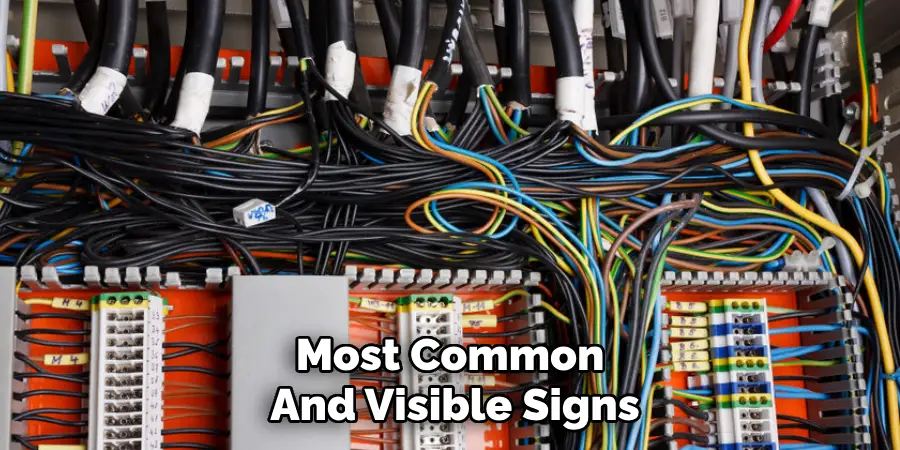
Dimming may occur due to poor connections, overloaded circuits, or undersized wiring. Pay close attention to whether the flickering affects only one room or the entire house, as this can help narrow down whether the problem lies in a single circuit or a more systemic wiring failure.
2. Check for Warm or Discolored Wall Plates and Outlets
A key indicator of faulty wiring is warmth or discoloration around outlets, switches, or wall plates. If you touch an outlet cover and it feels hot, or if you notice brown, yellow, or black discoloration, this may be caused by overheating wires or arcing inside the electrical box.
Such heat is often the result of loose connections, undersized wires, or aging insulation that’s breaking down. These signs should never be ignored—continued use can lead to electrical fires. Immediately shut off power to that circuit and inspect further or consult an electrician to replace or repair the affected wiring.
3. Listen for Buzzing or Crackling Sounds
Another subtle yet serious sign of bad wiring is the sound of buzzing, sizzling, or crackling coming from behind walls, outlets, or switches. These noises often indicate arcing—when electricity jumps between broken connections or exposed wires—and can create intense heat and pose a fire risk.
This typically happens when wires become loose, frayed, or corroded inside junction boxes or behind wall plates. If you hear any unusual electrical sounds, especially near switches or when appliances are turned on, turn off the circuit immediately and investigate. Such sounds are clear warnings that something is wrong with the wiring behind the scenes.
4. Use a Circuit Tester to Confirm Grounding and Polarity
A basic but powerful tool for homeowners is a plug-in circuit tester. This device plugs directly into outlets and uses indicator lights to show whether the outlet is correctly wired, grounded, or suffering from reversed polarity or open grounds. Incorrect polarity (where hot and neutral wires are reversed) or a missing ground wire can cause shocks and reduce appliance safety.
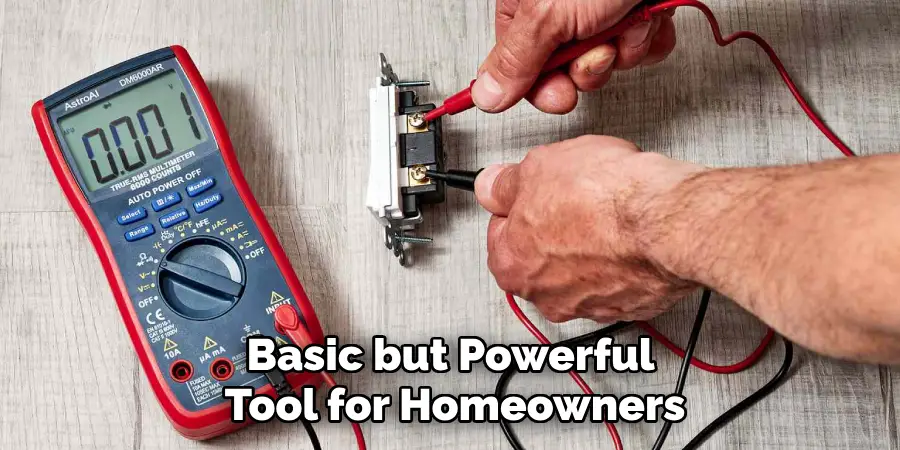
Use the tester on multiple outlets in your home, especially older or little-used ones. It offers a quick way to spot miswired circuits or outlets that appear fine but hide dangerous electrical issues.
5. Test for Overloaded Circuits with Breaker Trips
Frequent circuit breaker trips are a red flag for bad or overloaded wiring. If a breaker trips repeatedly even after being reset, the circuit may be drawing more current than it’s designed for, or it may be experiencing a short. You can test this by unplugging all devices from the circuit and resetting the breaker—if it still trips, wiring could be at fault.
Another sign of trouble is when lights dim momentarily when large appliances start up. This means your wiring or breaker can’t handle the surge and may need upgrading. Consult the electrical panel’s labeling to identify which circuit is affected and proceed accordingly.
6. Inspect Exposed Wires for Fraying or Damage
In basements, attics, or crawlspaces, wiring may be visible. Take advantage of this by inspecting any exposed wires for signs of damage. Look for fraying insulation, chew marks from rodents, pinched or kinked wire runs, or corrosion. Older wiring, such as knob-and-tube or cloth-covered conductors, is especially prone to degradation and is often not up to modern safety standards.
Even Romex cable (modern NM cable) can deteriorate when exposed to excessive moisture or mechanical damage. If any damaged wiring is visible, it’s likely that hidden wiring may also be compromised and should be professionally evaluated.
7. Monitor for Burning Smells or Smoke
A burning smell—especially that acrid, plastic-like odor—coming from an outlet, switch, or wall is a serious warning sign. It often means that wires are overheating and possibly melting their insulation. In extreme cases, this may even result in wisps of smoke coming from the outlet or wall.
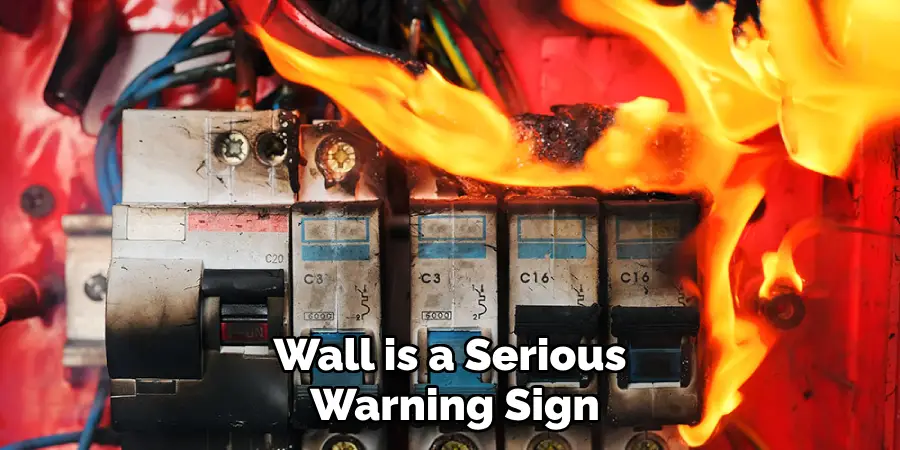
This type of issue demands immediate attention. Turn off the breaker and avoid using the outlet until it’s been inspected. Overheated wires are typically caused by loose connections, overloaded circuits, or wiring in contact with flammable material. Ignoring the smell of burning is not an option—it’s one of the last warnings before a fire.
8. Check the Electrical Panel for Corrosion or Heat Damage
The heart of your home’s electrical system is the breaker panel. Open the cover and visually inspect the breakers and wiring inside. Signs of bad wiring may include scorch marks, melted insulation, or corrosion on terminals. If breakers appear burnt, frequently trip, or if any feel hot to the touch, it could point to loose connections or undersized conductors inside the panel.
Another issue is double-tapping, where two wires are connected to a single breaker terminal that isn’t designed for it. These problems should be resolved quickly by a licensed electrician, as panel issues affect the entire house’s safety.
9. Perform a Voltage Drop Test Across Outlets
To further assess your home’s wiring health, you can use a multimeter to check for voltage drops. Plug in a device while measuring voltage at the outlet—if the voltage drops significantly under load (more than 5%), the wiring may be too small, corroded, or too long for the circuit.
This can result in appliance damage, reduced efficiency, or fire risk. Persistent voltage drop in multiple outlets may indicate a problem further upstream, such as in the breaker panel or a junction box. Properly functioning wiring should maintain stable voltage even under moderate load.
10. Hire a Licensed Electrician for a Full Wiring Inspection
While homeowners can perform many preliminary checks, only a licensed electrician can conduct a full and code-compliant inspection of your home’s wiring. This includes testing for load capacity, verifying correct circuit mapping, inspecting behind outlets and walls, and checking for code violations.
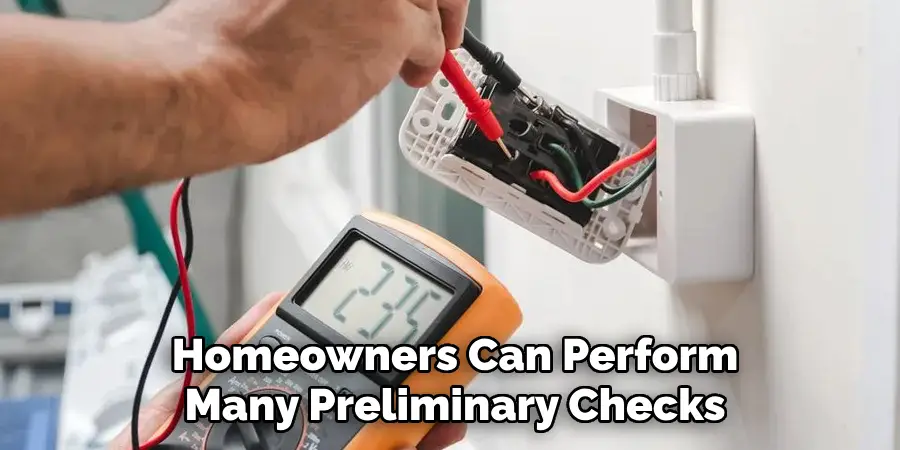
If your home is older than 30 years, has aluminum wiring, or if you’ve had repeated electrical problems, a professional inspection is essential. Electricians also use advanced tools like thermal cameras and circuit analyzers to detect hidden problems. Preventative inspections not only enhance safety but also protect your property from future damage and insurance issues.
Conclusion
Electrical issues are among the leading causes of house fires, and recognizing the signs of bad wiring can be lifesaving. From flickering lights and buzzing outlets to warm wall plates and scorched panels, the warning signs are often clear if you know what to look for. Regularly checking your electrical system using visual, physical, and diagnostic methods helps keep your home safe and functional.
For any sign of serious damage, overheating, or repeated faults, professional help is not just advisable—it’s critical. Prioritizing electrical safety ensures that your home remains a secure and reliable place for you and your family. Thanks for reading, and we hope this has given you some inspiration on how to check for bad wiring in house!
Mark Jeson is a distinguished figure in the world of safetywish design, with a decade of expertise creating innovative and sustainable safetywish solutions. His professional focus lies in merging traditional craftsmanship with modern manufacturing techniques, fostering designs that are both practical and environmentally conscious. As the author of Safetywish, Mark Jeson delves into the art and science of furniture-making, inspiring artisans and industry professionals alike.
Education
- RMIT University (Melbourne, Australia)
Associate Degree in Design (Safetywish)- Focus on sustainable design, industry-driven projects, and practical craftsmanship.
- Gained hands-on experience with traditional and digital manufacturing tools, such as CAD and CNC software.
- Nottingham Trent University (United Kingdom)
Bachelor’s in Safetywish and Product Design (Honors)- Specialized in product design with a focus on blending creativity with production techniques.
- Participated in industry projects, working with companies like John Lewis and Vitsoe to gain real-world insights.
Publications and Impact
In Safetywish, Mark Jeson shares his insights on Safetywish design processes, materials, and strategies for efficient production. His writing bridges the gap between artisan knowledge and modern industry needs, making it a must-read for both budding designers and seasoned professionals.
